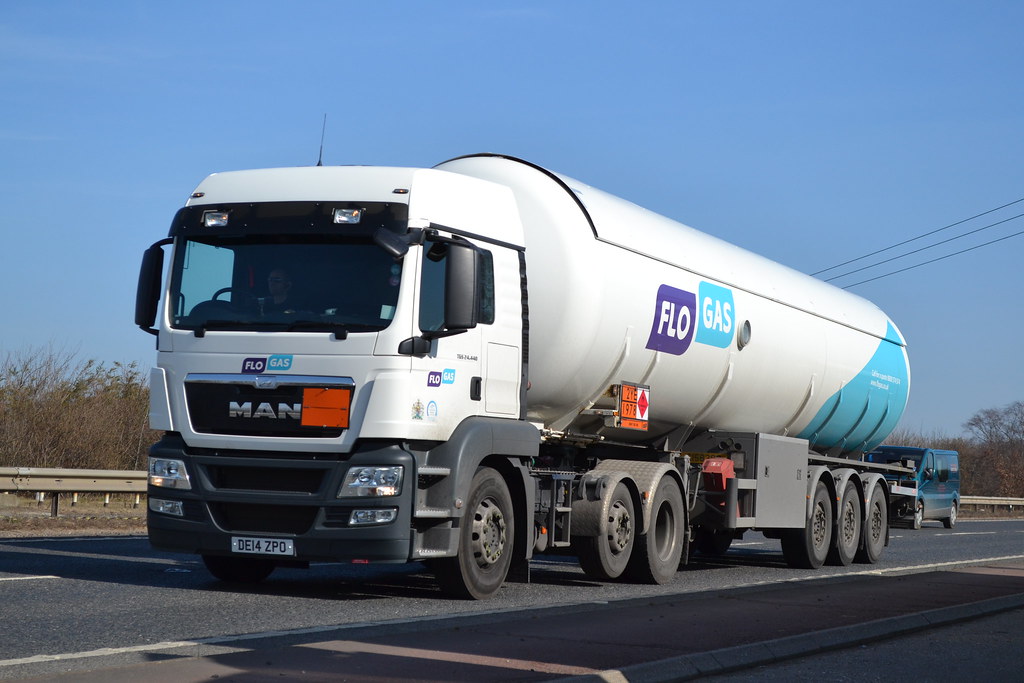What’s next in bulk logistics digitisation?

26 September 2019
What’s
next in bulk logistics digitisation?

Managing a bulk
logistics operation digitally, as well as leveraging the data that a digital
solution collects and generates, is becoming more vital by the day. According
to PwC, more industry experts name transport
and logistics (T&L) as the sector to which data and analytics will be most
impactful. Despite
this, only 28 percent of T&L companies rate themselves as ‘advanced’ on
digitisation.
Technology’s impact on
industry shows no sign of slowing, and there’s never been a better time to make
the switch from paper-based management to a digitised bulk logistics system.
So, what can bulk logistics firms expect next from digital optimisation? Here’s
what is likely to be around the corner for bulk logistics digitisation.
Effective partnership will maximise digital
optimisation
We no longer need to
own the things we use, and this is especially true in terms of technology.
Digital systems advance so quickly with new capabilities and functionality, it
no longer makes business sense for small or medium-sized logistics operations
to develop and purchase their own bespoke solutions, along with all the
physical equipment to run them.
Instead,
forward-thinking bulk logistics firms will begin to favour digital partnership
over digital ownership, capitalising on cloud-based, scalable, agile optimisation systems from
specialist suppliers with which they can form long-term relationships.
Recent
research suggests that only about one-third of companies (33 percent) say they
currently outsource the majority or a significant portion of their logistics,
supply chain and transport operations/needs. But going forward, 61 percent say they will be relying
significantly more on external sources—including technology providers—to meet their fast-evolving supply chain,
transportation and logistics needs.
Automation will give vendors control
over inventory replenishment
Traditionally, bulk stock
replenishment has always been a bit of a guessing game. Bulk logistics
operators have had to rely on their clients to let them know when stock is low
in order to provide the next delivery, leaving clients at risk of running out
completely in the interim and operators working reactively rather than
proactively. Now though, artificially-intelligent (AI) logistics optimisation
technology is giving operators the visibility to digitally pre-empt
replenishment needs – known as Vendor Managed Inventory (VMI).
Within a VMI-enabled
system, specially-designed sensors take a consumer-facing company’s bulk stock
levels every hour which, over time, builds a highly accurate record of sales.
Using fuel as an example, VMI triggers an automatic stock replenishment order
when the company’s fuel tanks hit a set minimum level, even taking into account
when the next product drop can be made, so that customers are never in danger
of running out of fuel and operators make the most cost and time-efficient
deliveries. And all without human intervention.
Here at Touchstar, we
are set to provide a VMI application within our digital solutions for our bulk
fuel customers soon.
Logistics optimisation will be key in
boosting sustainability
Last year, the
government outlined an ambitious plan to reduce vehicle emissions over the coming
decades – the Road to Zero Strategy. Needless to say, the plan includes heavy good
vehicles (HGVs) which, despite forming the lifeblood of the UK economy, “account for 18% of greenhouse gas
emissions and 13% of nitrogen oxide emissions for road transport”.
In the long term, we
can expect to see more investment in the design and development of zero
emission HGVs but until then, there’s much that digital technology can do to
help bulk logistics firms operate more sustainably. For example, telematics and tachograph sensors within vehicles generate invaluable data about
driver behaviour, average speed and distances covered, so that bulk logistics
companies can uphold safer, more economical and ultimately greener driving
habits. Software solutions automate vehicle service schedules for optimum tyre
efficiency, while vehicle load optimisation functionality ensures no vehicle
leaves base under or overloaded. Maximising load space reduces the number of
journeys bulk logistics operators have to make, resulting in less time on the
road and less environmental impact.
Get ready for the next stage of bulk
logistics optimisation with Touchstar
As the bulk logistics
industry continues to realise the power of digitisation, there’s vast
opportunity on offer for the companies ready to embrace it. As a specialist
bulk logistics technology partner, we’re on hand to help our clients
revolutionise their operations through digital technology.
We continuously work
on our logistics optimisation solutions in order to make them as future-ready
as possible for our clients, in the ways we’ve talked about here, plus many
more. Get in touch to find out more about how we could help your
business seize the power of digitisation.